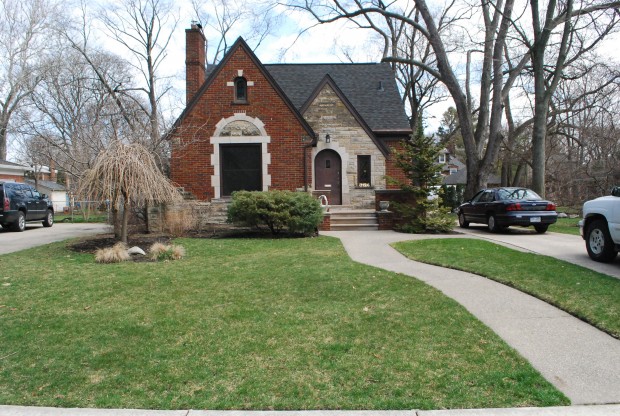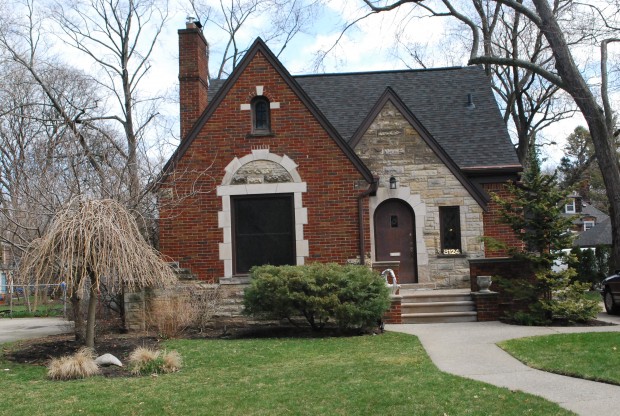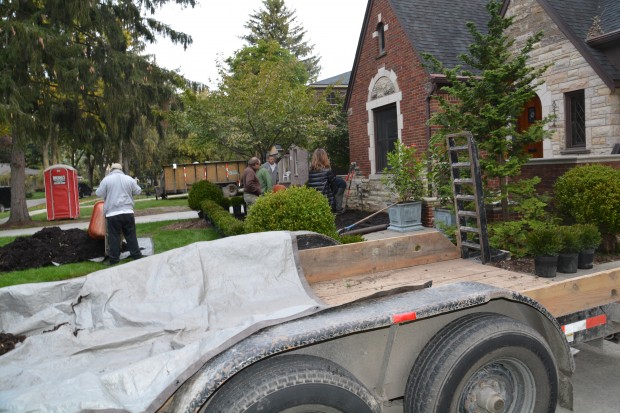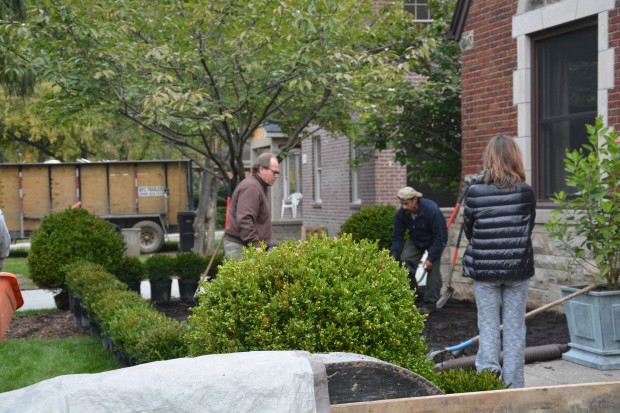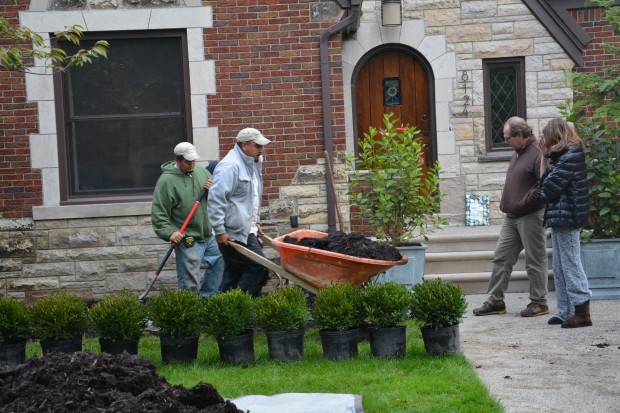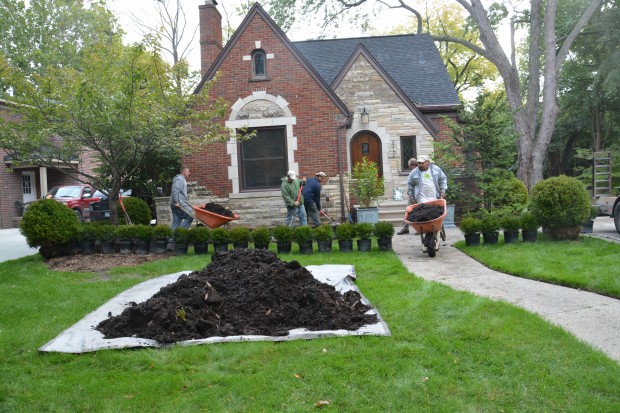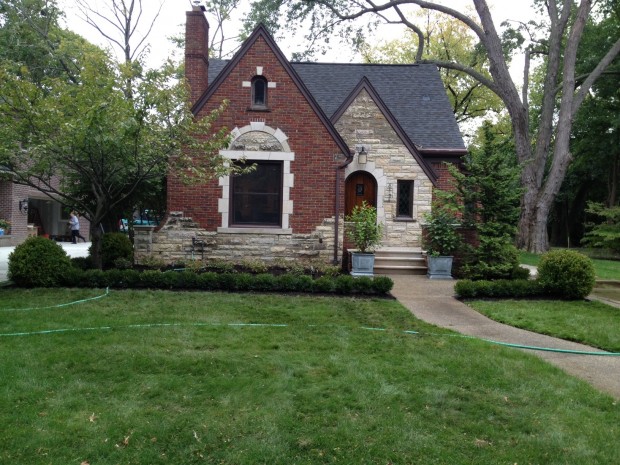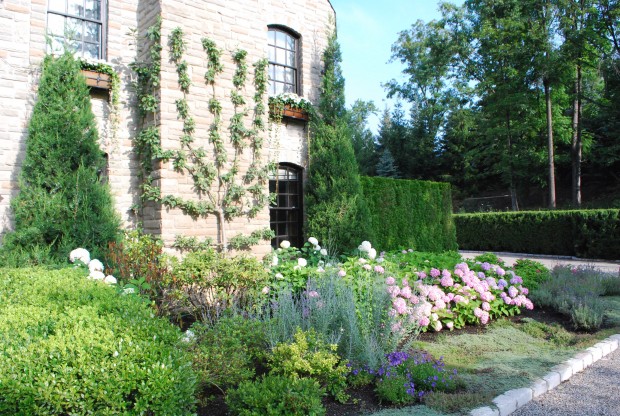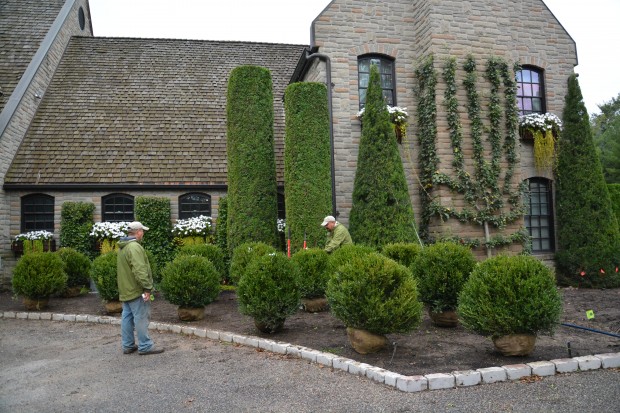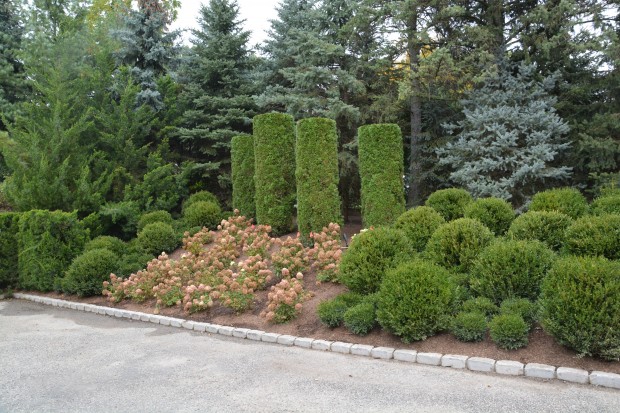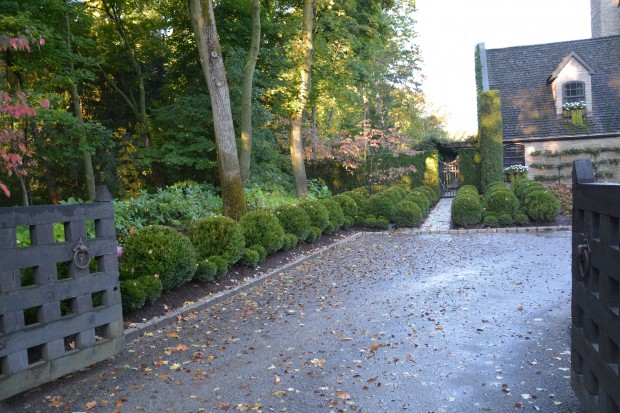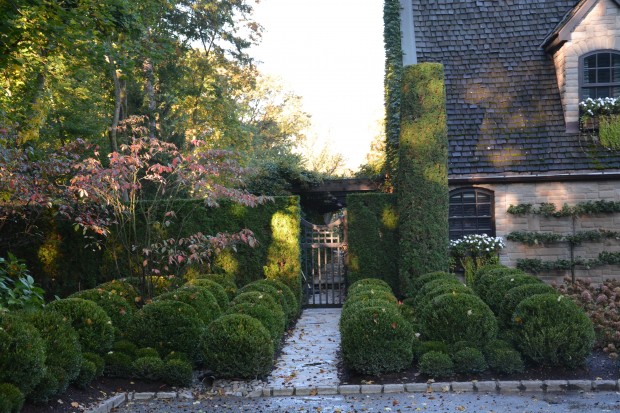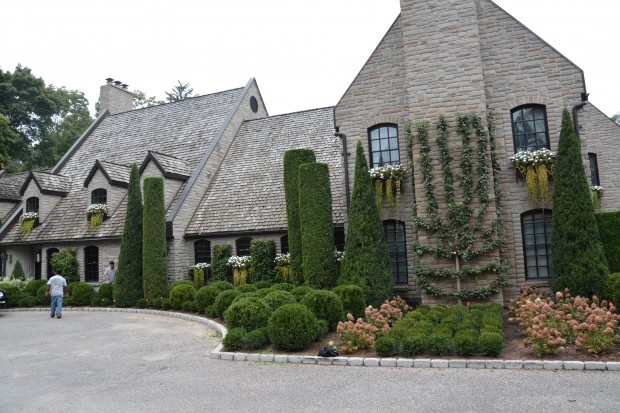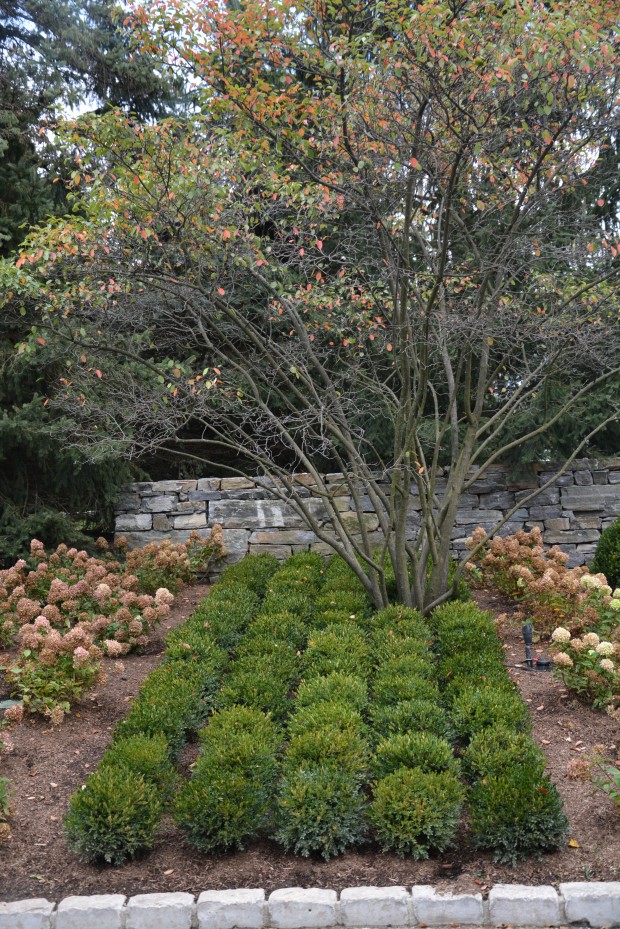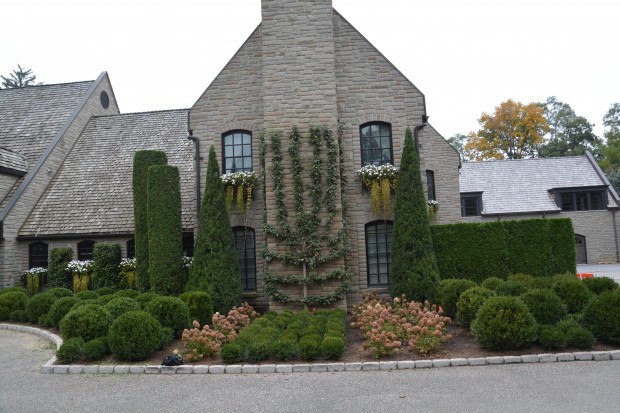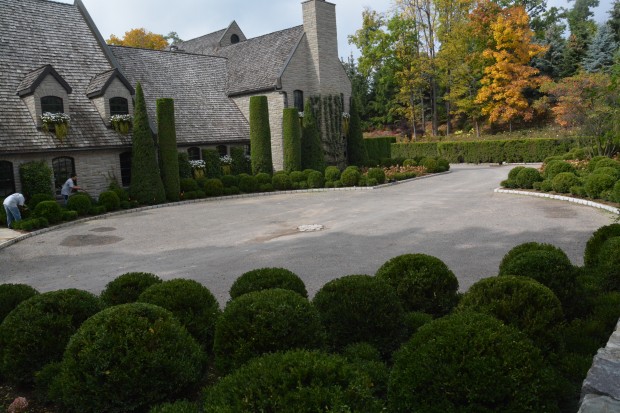Someday I will plant a giant circle of deciduous trees. Or a square. or a rectangle, or an irregularly shaped enclosure of trees. Most of the trunks will be too close together. There may be one entrance, which is also an exit. There may be an entrance and a separate exit. There may be one entrance, and several exits. There may be one entrance on axis, and other oblique entrances. No matter the shape, the canopies of the trees will create a tent. Inside the tent, there will be a bench, or a collection of benches. The garden on the outside of the tree tent will be inviting and friendly. The inside of the tree tent will be plain. Just grass, and a place to sit. I would visit the tree tent every day, every season, year round. Maybe very early, before work. Maybe late in the day, after work. Maybe more than twice a day. Why would I want such a garden? A daily garden? For the sake of rhythm.
Like most gardeners, I am tuned into my garden at specific times of the year. The first signs of spring. The spring trees blooming. The planting of the spring-and the summer pots. The roses coming on. The late summer garden. The fall, and finally the winter. These moments are an intense experience. The hellebores in full bloom make me feel dizzy, my focus is that intense. Other times, I barely notice what is in front of my eyes. I have this issue to attend to, or that. The delphiniums may be sending up a strong second flush that I barely acknowledge. Up and down-that would be me in the garden. Miss topsy-turvy. Would that I could be more consistent and less scattered.
On and off is not my favorite place to be. A lengthy “on period” means I can establish a rhythm. It is not so tough to imagine this. In simple terms, practice makes perfect. Those times when I am focused on the garden, day to day, my garden benefits. The 2 months I spend planting summer pots-I am quite sure the last of those pots are the best. Once I have gotten into a rhythm, there is flow. I stop thinking about what to do, and just do. Stating and stopping and starting up again in the garden shows. A design may appear disjointed, or fragmented. Or even worse, careless.
A regular rhythm is like a pulse, like a heart that beats regularly. Repetition sets the stage for a rhythmic expression. The big idea here-anything you attend to, or practice every day establishes a rhythm. Once you have a rhythm going on, a beautiful expression is not far behind.
As for my tree tent-I imagine it as a place to recapture that sense of rhythm. A place that can store momentum. Of course the tree tent is an idea that could exist only in my imagination. Maybe the real solution is to figure out how to keep the door to imagination propped open. Today I have a large Christmas tree to decorate. It is a project I have not done before. I have assembled a collection of materials-they will be looking at me. And my crew will be looking at me. I am sure I will be trying out different arrangements, stopping and starting, until that certain state of mind that I call rhythm gets switched on.
